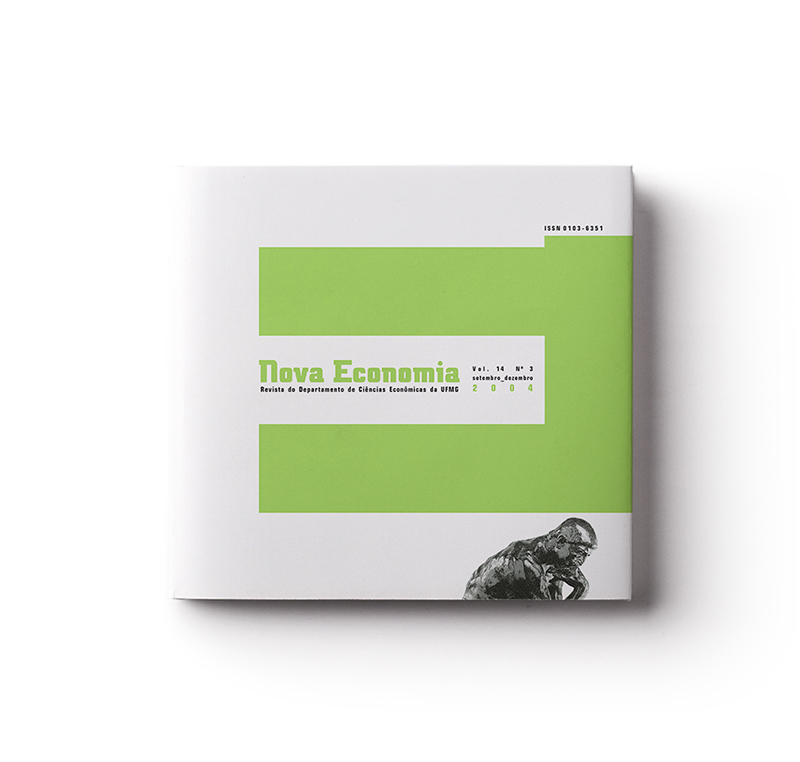As várias dimensões da lei do valor
Keywords:
value, competition, years worked, inequalities.Abstract
This article intends to demonstrate that the law of value can be understood based on three successive versions, through which it becomes progressively more complex. The least complex law is the law of value determined by years worked. The second version is the law of social work distribution (which may also be interpreted as the law of equilibrium in the distribution of social work). Examination of the impact of intrasectorial competition among capitals in the capitalist economy leads to the third version of the law of value, the law of minimization of abstract work time. In this manner, the law of value is a dynamic law which forms the basis for general laws of capitalist economy development. Finally, in the international scene, the law of value is presented as the law of high-profit generation and of the widening of inequality.Downloads
Published
2009-06-02
How to Cite
BORGES NETO, J. M. As várias dimensões da lei do valor. Nova Economia, [S. l.], v. 14, n. 3, 2009. Disponível em: https://revistas.face.ufmg.br/index.php/novaeconomia/article/view/439. Acesso em: 26 feb. 2025.
Issue
Section
Regular Issue
License
Authors who publish with this journal agree to the following terms:
- Authors retain copyright and grant the journal right of first publication with the work simultaneously licensed under a Creative Commons Attribution 4.0 International License that allows others to share the work with an acknowledgement of the work's authorship and initial publication in this journal.
- Authors are able to enter into separate, additional contractual arrangements for the non-exclusive distribution of the journal's published version of the work (e.g., post it to an institutional repository or publish it in a book), with an acknowledgement of its initial publication in this journal.
- Authors are permitted and encouraged to post their work online (e.g., in institutional repositories or on their website) prior to and during the submission process, as it can lead to productive exchanges, as well as earlier and greater citation of published work (See The Effect of Open Access).




